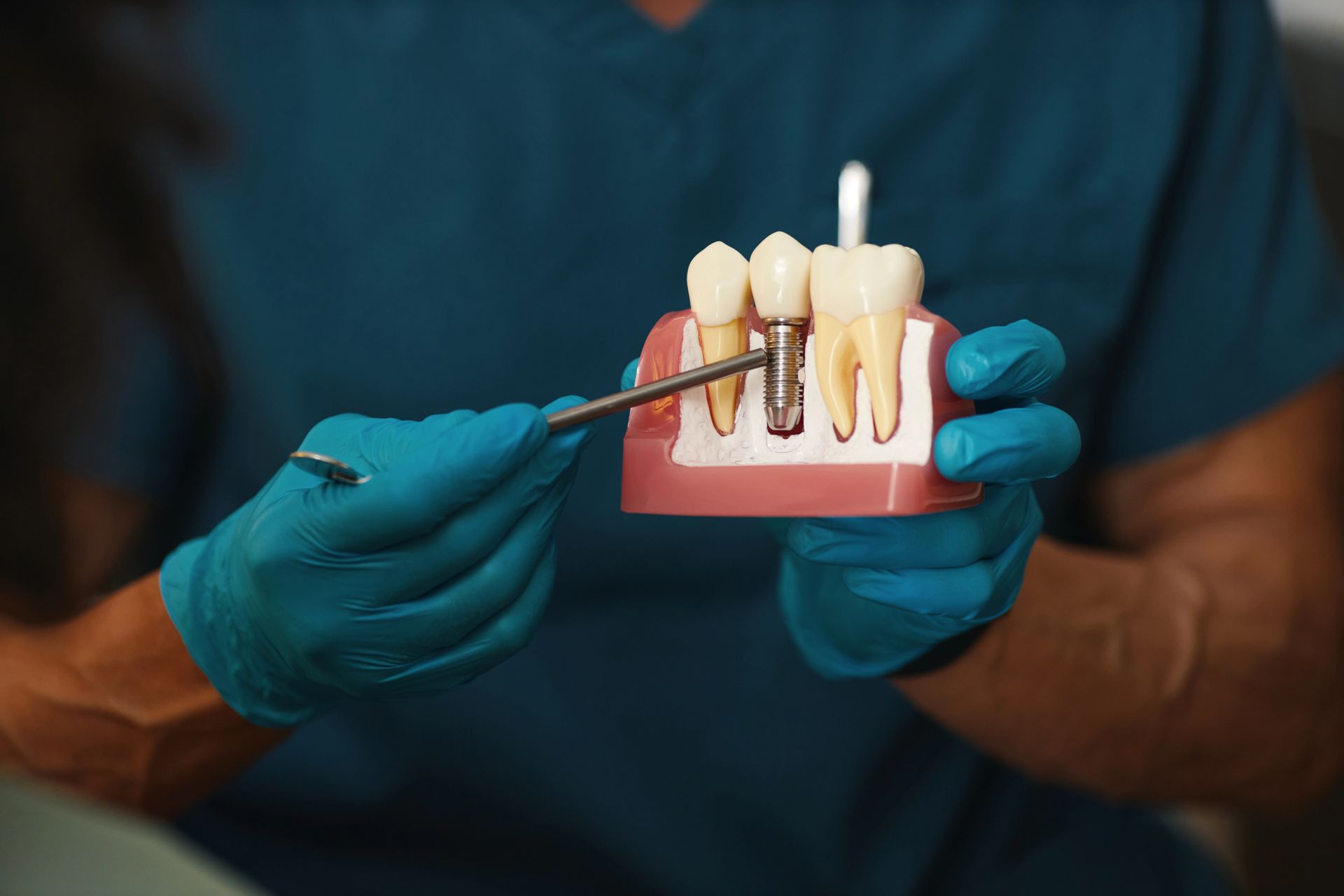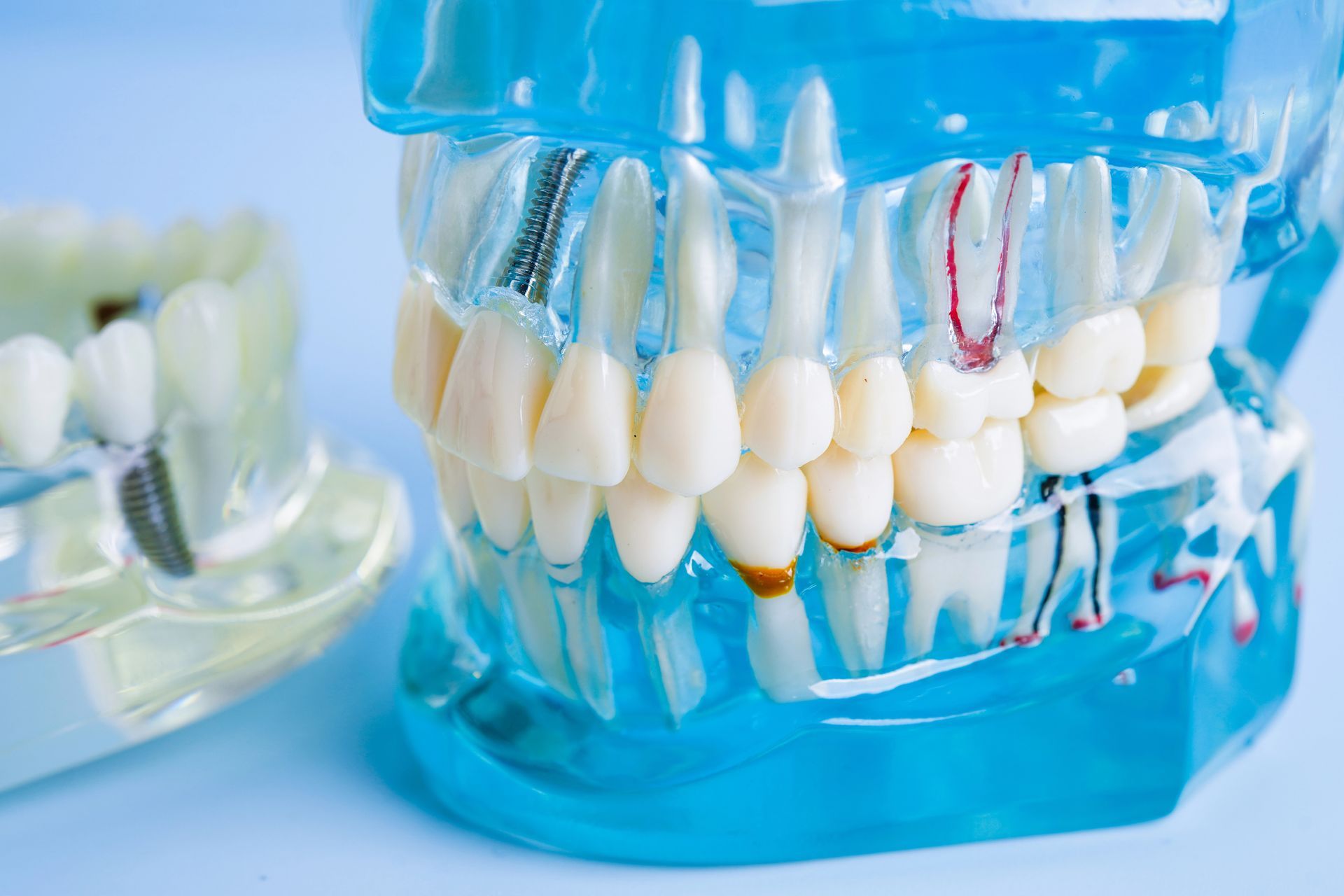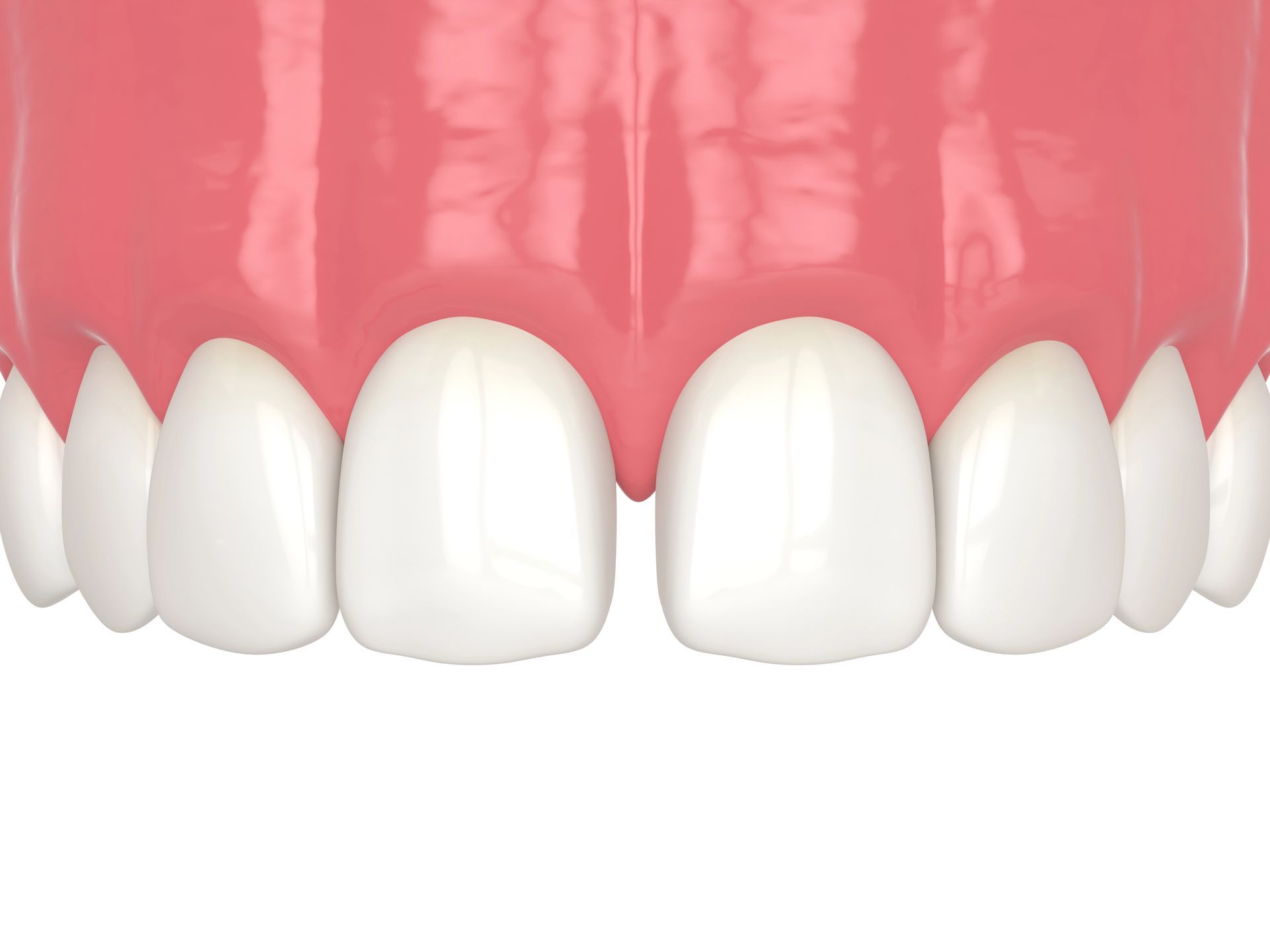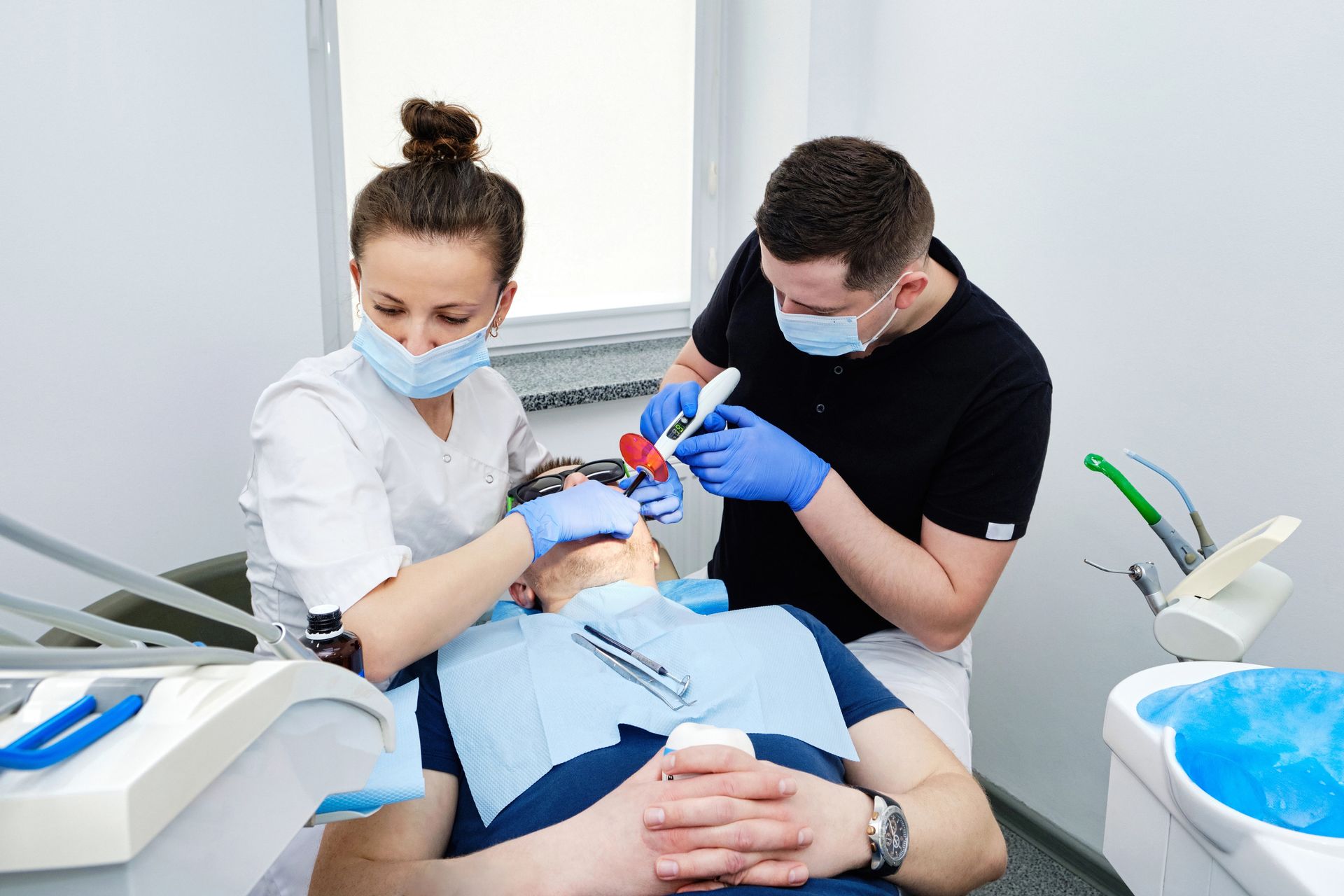Have you ever wondered which DIY whitening home remedies are the most effective? Design Dentistry Columbia has tested and reviewed the top 5 DIY whitening home remedies to help you find the best solution for your teeth.
Activated Charcoal Teeth Whitening
Activated charcoal is a natural teeth whitening remedy that has been used for centuries. This natural remedy is made from activated carbon, which is derived from organic sources such as wood, coconut shells, and other plant materials. When used in combination with other natural ingredients, activated charcoal is a powerful whitening agent that can provide dramatic results. It works by absorbing stains and plaque, leaving your teeth looking brighter and whiter. To use activated charcoal for teeth whitening, simply mix it with water or a natural toothpaste and brush your teeth with it.
The use of activated charcoal for teeth whitening has a long history. In fact, it was first recorded in the 3rd century BC by the Ancient Greeks. Since then, it has been used by many cultures around the world. To learn more about the history of teeth whitening, check out
The Evolution of Teeth Whitening: A Historical Perspective. This article provides an interesting overview of the evolution of teeth whitening and its use throughout history.
Baking Soda and Lemon Juice Teeth Whitening
Baking soda and lemon juice are two of the most popular DIY teeth whitening remedies. Baking soda is known for its abrasive nature, which helps to remove surface stains from teeth. Lemon juice, on the other hand, is a natural bleaching agent that helps to lighten teeth. Together, these two ingredients can be a powerful combination for whitening teeth. In addition, they are both affordable and readily available in most households.
To use baking soda and lemon juice for teeth whitening, mix equal parts of each ingredient together to form a paste. Apply the paste to your teeth and leave it on for up to one minute, then brush your teeth as usual. You can repeat this process several times a week for best results. If you have sensitive teeth, it is important to be careful not to leave the paste on your teeth for too long and to use a soft-bristled toothbrush. For more information on teeth whitening with baking soda and lemon juice, visit
Teeth Whitening from Columbia.
Apple Cider Vinegar Teeth Whitening
Apple Cider Vinegar is a popular DIY teeth whitening remedy as it is believed to have natural whitening properties. To use it as a whitening remedy, mix equal parts of apple cider vinegar and water and swish it around in your mouth for up to one minute. Be sure to rinse your mouth out with water afterwards as the acidity in the vinegar can damage the enamel of your teeth. Used regularly, apple cider vinegar can help to remove surface stains and keep your teeth looking whiter.
Coconut Oil Teeth Whitening
Coconut oil is an effective and natural way to whiten teeth. The lauric acid in coconut oil helps to reduce plaque buildup and remove stains from the surface of the teeth. Additionally, coconut oil has anti-inflammatory and antimicrobial properties that can help to improve overall oral health. To use coconut oil as a teeth whitener, simply swish a tablespoon of oil around in your mouth for 10-20 minutes. Rinse your mouth with warm water afterwards and brush your teeth as normal.
Hydrogen Peroxide Teeth Whitening
Hydrogen peroxide is a popular whitening remedy that is often used in over-the-counter whitening products. While it may be effective at whitening teeth, it can also be damaging to the enamel if used too often or too strongly. To use hydrogen peroxide as a teeth whitening agent, mix equal parts hydrogen peroxide and water and swish the mixture around your mouth for one minute. Spit out the mixture and rinse your mouth with water. Use this remedy no more than once a week.
Conclusion
If you're looking for a reliable and professional teeth whitening service, contact Design Dentistry Columbia at 803-291-5782 or read our reviews on Google Maps.










